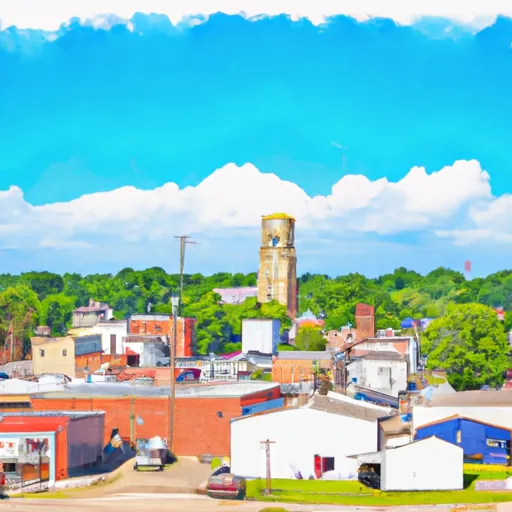°F
°F
mph
Windspeed
%
Humidity











Fort Jennings is a small village in Putnam County, Ohio. The climate in Fort Jennings is categorized as humid continental, with cold winters and warm summers. The hydrology constituents in the area include the Blanchard River and its tributaries, which provide opportunities for fishing and boating. There are several outdoor recreation opportunities in the area, including hiking and birdwatching in the nearby Ottawa National Wildlife Refuge. The village also boasts a community park with playground equipment, a basketball court, and picnic areas. Additionally, Fort Jennings is home to the Fort Fest celebration, a community event featuring live music, food vendors, and activities for all ages.
Weather Forecast
Fort-Jennings receives approximately 947mm of rain per year, with humidity levels near 82% and air temperatures averaging around 10°C. Fort-Jennings has a plant hardyness factor of 6, meaning plants and agriculture in this region thrive during a short period during spring and early summer. Most plants will die off during the colder winter months.
Nearby Snowpack Depths
7
Inches
Regional Streamflow Levels
38
Cubic Feet Per Second
1,150
Cubic Feet Per Second
462
Cubic Feet Per Second
56
Cubic Feet Per Second
Nearby Camping
| Camping Area | Reservations | Toilets | Showers |
|---|---|---|---|
| Lake Hudson State Rec Area | |||
| Portage Lake - Waterloo State Rec Area | |||
| Sugarloaf Lake - Waterloo State Rec Area | |||
| Harrison Lake State Park | |||
| Pleasant Lake | |||
| Green Lake - Waterloo State Rec Area |



